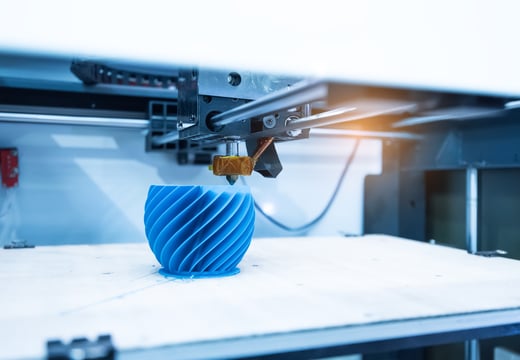
The birth of an icon: revolutionary disruption by UX intelligence
March 2023
By Simon Jelley, Principal Consultant at 42T and group lead on Innovation
The iPhone demonstrated, perhaps better than any other product in history that user experience beats on-paper technical specification.
The recent record sale of a first generation iPhone for over $63k set me thinking about the success of the iPhone’s launch.
We all forget how technically inferior the original iPhone was when it was launched in 2007. Launched several months after Nokia’s N95, the iPhone lacked almost all of the Nokia's features. The phone’s low quality 2-megapixel camera lacked flash, couldn’t record video, and it couldn’t send MMS messages anyway.
Not the end of the world perhaps, email was cheaper anyway, right? But lacking 3G connection, the upload time to send your mediocre photo meant a postcard would have been quicker.
A front-facing camera? No, but the back was quite shiny so you could just about see yourself when taking a selfie. In contrast, the N95 had a high quality 5-megapixel camera with Zeiss optics, accelerometer-based stabilisation, LED flash, separate front camera, and it could do live video calls as well as MMS, and 3G connections for email, etc.
.jpg?width=760&height=507&name=shutterstock_2179061227%20(1).jpg)
iPhone collaborated with Google to deliver Google Maps to iPhone which sounds great, but… the iPhone lacked GPS, preventing turn by turn navigation, and you needed to download the maps you wanted before you set off since you didn’t have 3G.
In comparison, Nokia’s N95 had the GPS putting you where you are on pre-downloaded global maps (included for free), with turn-by-turn navigation as required.
So, how did this backwards 'brick' become Time magazine’s invention of the year? Why did Apple become the most profitable company in the world while Nokia gradually fell into obscurity? Why, 16 years on, is the iPhone considered so game-changing that it is worth nearly ten times its weight in gold?
The answer of course is ... user experience
The experience of interacting with the iPhone was game changing. This experience was a holistic effort, encompassing transformational capacitive multi-touch technology paired with cutting edge UX design to actually make the most of it, with a rigour and thoroughness to make the interaction intuitive and, dare I say, even fun!

To many, the great importance of UX is not a surprise, but the abstract subjectiveness of interaction and experience makes it difficult to define when creating a product. When scoping the next generation of an appliance, it is easy to specify a 10% reduction in power consumption, but a concrete objective around UX is much harder to create.
Proven innovation process
As such, traditional product development processes struggle to prioritise results on the softer requirements. It is not only important to understand that developing user interaction beyond merely ‘acceptable’ isn’t a nice to have - it's also important to follow a process that can deliver great results.
This is best done in rapid learning cycles that combine UX targeted ideation with prototyping and testing to allow continuous learning throughout the development and close the feedback loop for the next cycle.
This way, developments can combine, build and evolve to deliver game-changing experience that users really engage with.
We tackle these creative challenges with a structured approach that allows us to generate ideas that elude others. But we’re not just about clever ideas - clients depend on our exceptional proof of principle skills to make strong technical concepts work in the lab, and commercially.

answers@42T.com | +44 (0)1480 302700 | LinkedIn: Simon
As Head of Innovation at 42 Technology, Simon has a long track record in helping clients develop innovative products and processes, whether it be from technology push or market pull, as well as investigating relevant new markets for clients’ existing intellectual property.
Share this article:
Related Articles

Innovation, Product Design
Embracing innovation: the future of product development

Innovation, 2024 Technology Trends
AI powered innovation - the disrupting force transforming the market

Innovation, 2024 Technology Trends
Service-dominant logic - innovation process next steps

What will you ask us today?
We believe in asking the right questions to drive innovation; when we know the right questions, we generate the ideas to answer them.

